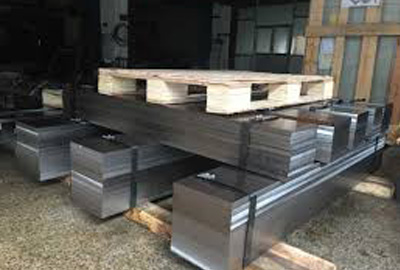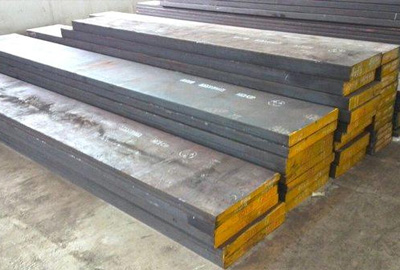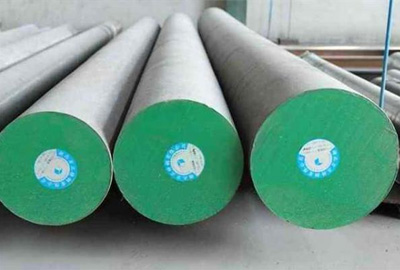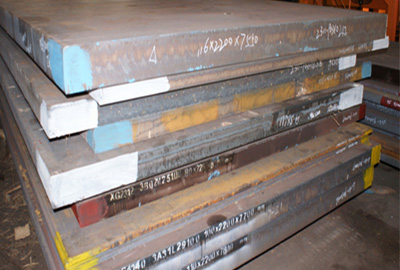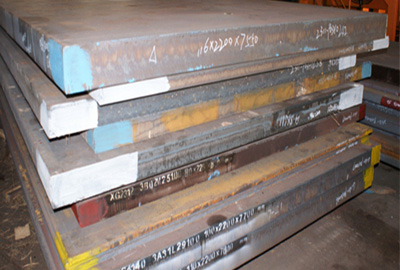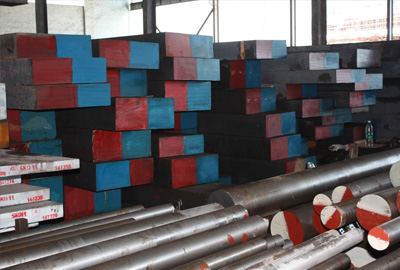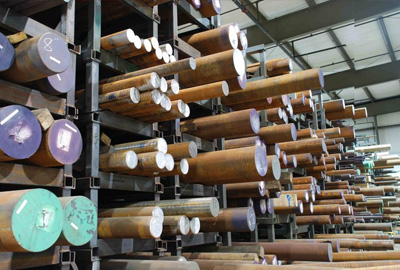Mat.No. 1.2833, DIN 100V1, AISI W2
Short Description:
Designation by Standards Mat. No. DIN EN AISI 1.2833 100V1 - W2 Chemical Composition (in weight %) C Si Mn Cr Mo Ni V W Others 1.05 0.20 0.25 - - - 0.15 - - Description Low alloyed water-hardening tool steel. Applications Cold working tools for steels and metals when hard surface and tough core are demand; tap drills, dies, broaching tools, stone working tools. Physical properties (avarage values) at ambient temperature Modulus of elasticity ...
Product Detail
FAQ
Product Tags
Designation by Standards
| Mat. No. | DIN | EN | AISI |
| 1.2833 | 100V1 | - | W2 |
Chemical Composition (in weight %)
| C | Si | Mn | Cr | Mo | Ni | V | W | Others |
| 1.05 | 0.20 | 0.25 | - | - | - | 0.15 | - | - |
Description
Low alloyed water-hardening tool steel.Applications
Cold working tools for steels and metals when hard surface and tough core are demand; tap drills, dies, broaching tools, stone working tools.Physical properties (avarage values) at ambient temperature
Modulus of elasticity [103 x N/mm2]: 190-210
Density [g/cm3]: 7.85
Thermal conductivity [W/m.K]: 14.4
Electric resistivity [Ohm mm2/m]: 0.20
Specific heat capacity[J/g.K]: 0.46Soft Annealing
Heat to 680-720oC, cool slowly. This will produce a maximum Brinell hardness of 213.Stress Relieving
Stress relieving to remove machining stresses should be carried out by heating to approx. 600-650oC, holding for 1-2 hours at heat, followed by air cooling. This operation is performed to reduce distortion during heat treatment.Hardening
Harden from a temperature of 760-800oC followed by water quenching. Hardness after quenching is 65 HRC.Tempering
Tempering temperature: 100-200oC.Forging
Hot forming temperature: 1000-800oC.Machinability
No data.Corrosion Resistance
Corrosion resistance of this alloy is better than that of plain carbon steels. However it will rust unless given protective treatment.Disclaimer
The information and data presented herein are typical or average values and are not a guarantee of maximum or minimum values. Applications specifically suggested for material described herein are made solely for the purpose of illustration to enable the reader to make his own evaluation and are not intended as warranties, either express or implied, of fitness for these or other puposes. There is no representation that the recipient of this literature will receive updated editions as the become available.
FAQ Content
![[0{7)7UAZ(]4W{5TSMC65Q7](https://www.htsteelmill.com/uploads/077UAZ4W5TSMC65Q7.png)
